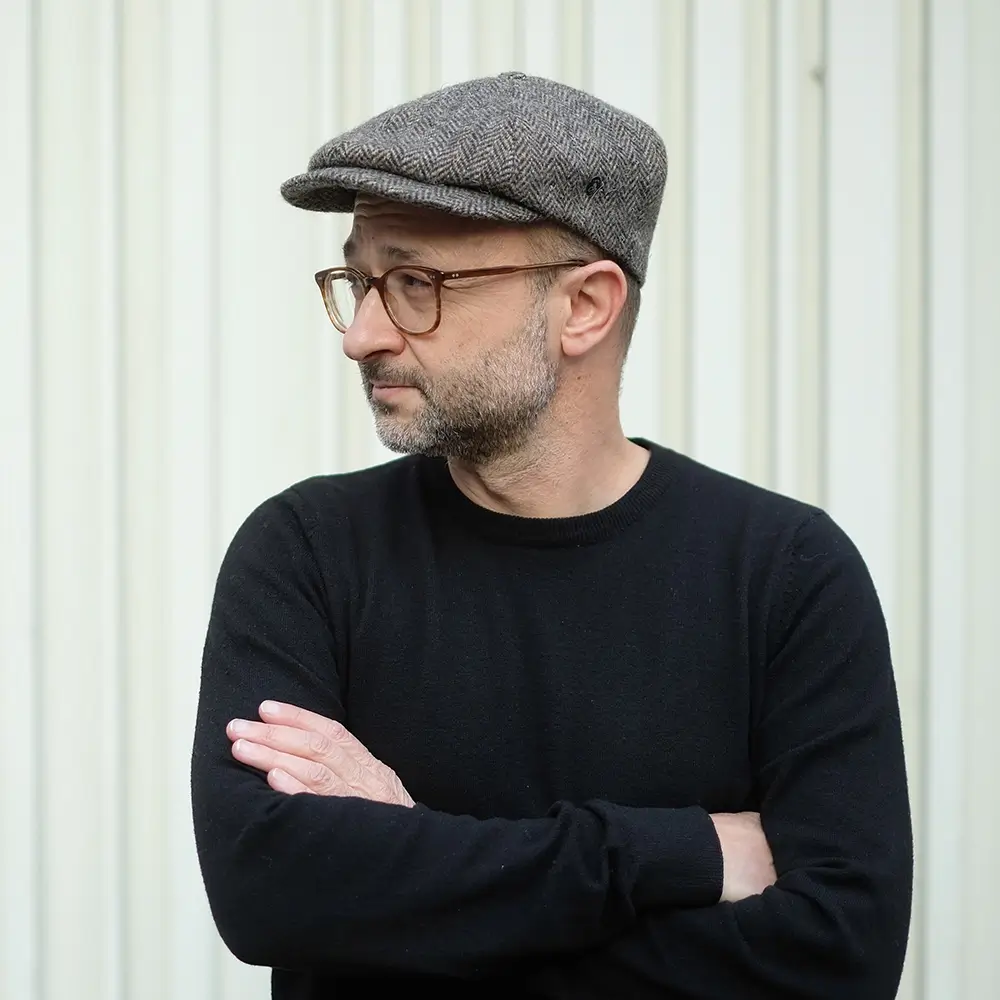Jesús Umbría Brito is a photographer whose gaze not only observes, but also engages in dialogue with both the world and the passage of time.
He has completed PHotoESPAÑA’s Master of Photographic Projects
Program, as well as training in narrative and in the photobook discipline with
Ricardo Cases.
His work has been exhibited in major galleries, including the Bondi Pavilion in Sydney, House of Lucie in Athens, the Lúcio Craveiro da Silva Library in Braga, and the Royal Botanical Gardens of Madrid. He has been a finalist in awards, such as the Gomma Grant, Head On, ReFocus, Analog Sparks, and the Enaire Foundation Photography Awards. He was recently invited to participate in 2025 Chico Review.
STATEMENT:
The photographer's gaze often deals with the legacy of the past, constantly returning us to the present as the only place from which we can examine history and relive it.
Some of the most powerful images of the 20th and 21st centuries emerged from the clash between gaze and otherness, in that interstitial space of encounter between the photographer and the communities that inhabit the margins. Retaguardia is part of that more underground tradition, establishing a stylistic bridge with the work of other photographers such as Bruce Davidson, Larry Clark and Mary Ellen Mark. Like them, the author asks himself: What does it mean to inhabit a subculture? How are identities forged on the edges of the norm? What is the role of photography in representing those who live outside the spotlight?
Retaguardia is a photographic project that dwells in the edges of mass society, in the periphery of the normative, in its penumbra. Far removed from dogma and convention, it unfolds a portrait of post-pandemic youth identified with the counterculture surrounding punk music and aesthetics: a mosaic of faces and expressions that seek each other in the mirror of the past to shape their present. From there, the author weaves a dialogue between times and generations.
This exercise in memory and exploration becomes a testimony, an act of resistance against oblivion. On the one hand, the author revisits his own memory, three decades ago, when he went through these very spaces of transgression and belonging. On the other, he immerses himself in the present, where new generations rewrite history, adopting yesterday's dilemmas and facing their own. Young people who wear nostalgia like a second skin, who dance to the rhythm of inherited sounds, reconstructing with their own pulse the aesthetics and ideals of times that still resonate in their bodies. In this back-and-forth, the images emerge as witnesses to an immutable life cycle: that of youth seeking its mark on the margins, in the rearguard of dogma and norms.
Through portraiture, the artist not only documents, but also questions. He explores identity as a constellation of signs and gestures, the need for belonging as an unbreakable drive, and social transversality as a contested territory. His camera is not a mere observer, but an active accomplice of those who find their place in what is different. The gaze —of the artist, the subject, and the spectator—unfolds as a narrative resource, a temporal bridge connecting generations. It acts as that contact zone that calls us from the past and seeks answers in the present. In this way, the exchange of gazes activates the dialogue between the observer and the observed, engaging us emotionally, blurring the boundaries between time and space, subject and spectator.
